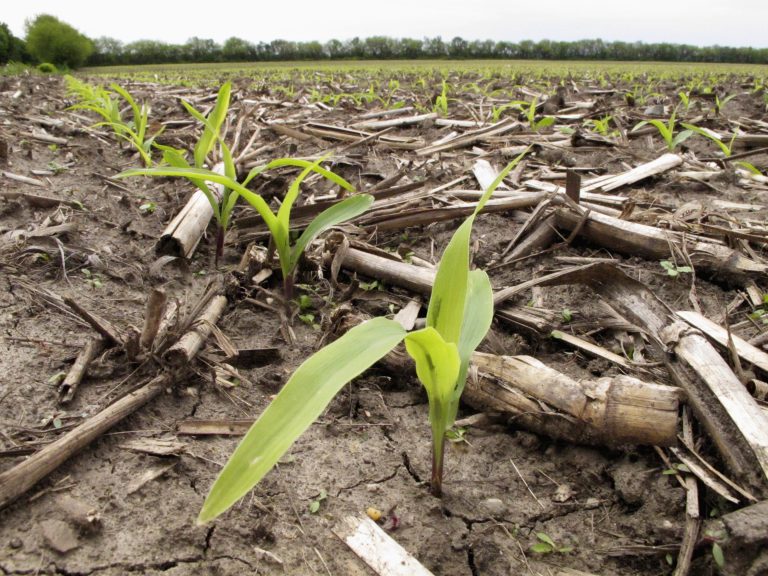CHAMPAIGN – Nitrate levels in Illinois drinking water continue to be an environmental health issue and in some areas are increasing, according to a new report from the Environmental Working Group (EWG).
The analysis gathered data on 10 largely agricultural states—including Illinois, Kansas and California—and found that many small, rural water systems have potentially unsafe levels of the pollutant.
More than 200 community water systems tested in Illinois had nitrates at three milligrams per liter or above—which is the level that indicates contamination, and which the environmental group says could potentially pose a health risk. Out of those water systems in Illinois, 54% saw rising levels of nitrates between 2003 and 2017.
Champaign was listed as one of several hot spots in Illinois. According to the data, Champaign had at least one test — from Country Tyme Estates — at or above the EPA’s maximum level of 10 milligrams per liter.
Nitrate contamination is a problem that largely affects small, rural communities with water systems that don’t have the resources to address the problem. But the issue also extends to cities, says EWG’s senior analyst of economics Anne Schechinger, who worked on the report.
“We found that 62% of the communities with increasing nitrates were in a rural area,” Schechinger says. “So it’s mostly rural, but it also affects cities that are in agricultural areas. Champaign is surrounded by a lot of farm fields, so even though it’s a city, it’s still really close to agriculture.”
The increase can be explained partly by the use of fertilizer in agriculture, as well as heavier rainfall due to climate change, which results in more agricultural runoff. In Illinois, climatologists consider higher levels of precipitation to be one of the biggest impacts of climate change in the state.
“There’s been just significantly more rain and larger events,” Schechinger says. “So we’ll have a lot more rain in a shorter amount of time because of climate change over the last few years. So that really combines with an over-application of fertilizer and manure to increase these nitrates levels in our drinking water.”
Schechinger says nitrate levels even slightly below the EPA’s current standard of 10 milligrams per liter have been shown to be linked to health problems, including cancer and birth defects. A 2018 study notes that nitrate levels below regulatory limits were linked to an increased risk of certain health issues such as colorectal cancer and thyroid disease.
At one point, the EPA was looking into reviewing the 10 milligram per liter limit to see if it was still a safe limit as part of their six-year reviews of drinking water standards. But Schechinger says there has been no update on the EPA’s review of nitrates.
“That’s something we think [the EPA] should start doing again,” Schechinger says. “That’s part of these overall EPA rollbacks—they’re not looking into drinking contaminants as much as we’d like them to.”
Erie, Bloomington and Decatur were also listed as areas of concern with rising levels of nitrates in the report.
Lecia Bushak is a reporter at Illinois Public Media. Follow her on Twitter @Lecia_Bushak.

